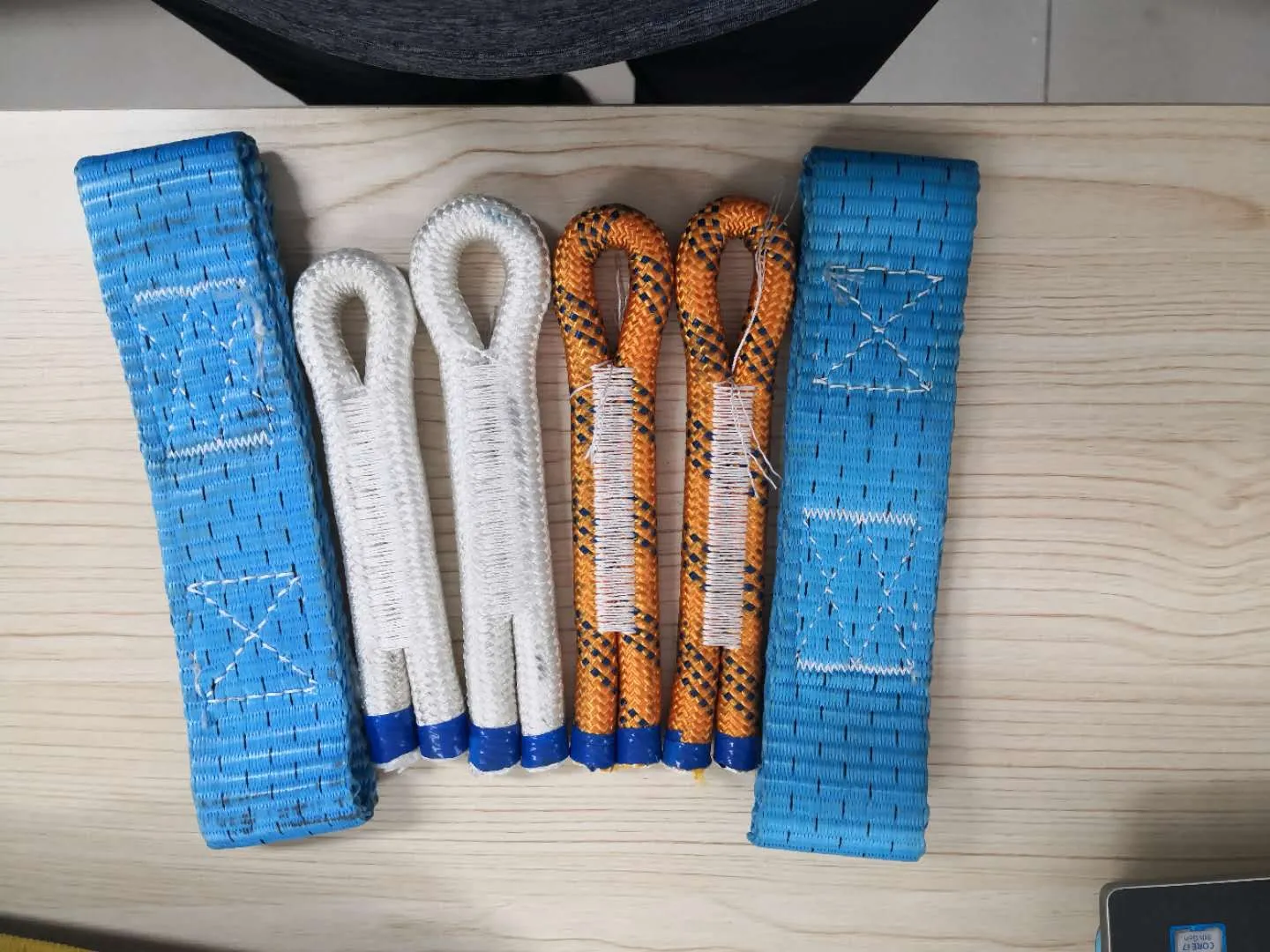Automatic Single Needle Sewing Machine - Precision and Efficiency for Every Stitch
The Evolution and Importance of Automatic Single Needle Sewing Machines
In the realm of textile and garment manufacturing, sewing machines have undergone significant advancements since their inception in the 19th century. Among these innovations, the automatic single needle sewing machine stands out as a pivotal tool in modern manufacturing facilities. This machine has transformed sewing processes, resulting in increased efficiency, precision, and versatility in garment production.
An automatic single needle sewing machine is designed to facilitate the sewing of multiple fabric types, using a single needle system. This feature allows for consistent stitching quality, making it ideal for both lightweight and heavy fabrics. The automation aspect of these machines means they can perform various functions—such as thread cutting, reverse sewing, and even automatic raising and lowering of the presser foot—all at the touch of a button. This convenience not only reduces labor intensity but also speeds up the production process.
One of the most significant advantages of the automatic single needle sewing machine is its efficiency. Traditional sewing techniques require manual adjustments for tension, stitch length, and other parameters. In contrast, automatic machines can be programmed to maintain consistent settings, leading to uniform stitch quality across batches. This reliability is paramount in fashion and apparel sectors, where brands strive to produce a cohesive product line. Consistency in stitching translates to higher product quality, fewer defects, and enhanced customer satisfaction.
automatic single needle sewing machine

Moreover, these machines are built for speed. The production lines utilizing automatic single needle sewing machines can substantially reduce turnaround times. As the garment industry often operates under tight deadlines, the ability to produce high volumes of completed garments swiftly is a game-changer. This increased throughput allows manufacturers to meet market demands more effectively and maintain a competitive edge.
Versatility is another hallmark of the automatic single needle sewing machine. These machines are capable of executing various stitch types, including straight, zigzag, and decorative stitches, all while maintaining high precision. This adaptability makes them suitable for a range of applications—ranging from basic seam constructions to more intricate garment designs. This flexibility means companies can diversify their product offerings without needing multiple types of machinery.
Moreover, the integration of computerized technology in these sewing machines enables manufacturers to streamline their workflows further. Advanced models feature touchscreen interfaces that provide access to a plethora of pre-set designs and sewing patterns. This technological enhancement minimizes the learning curve for operators and ensures quick setup and operation, making it easier to train new employees.
In conclusion, the automatic single needle sewing machine has revolutionized the textile industry. Its blend of efficiency, speed, accuracy, and versatility equips manufacturers with the necessary tools to thrive in a fast-paced market. As technology continues to evolve, these machines will likely integrate even more advanced features, further boosting productivity and efficiency in garment production. The future of sewing machinery looks bright, and the automatic single needle sewing machine will undoubtedly remain a cornerstone of this thriving industry.
-
Industrial Cylinder Arm Sewing Machine: Revolutionizing Heavy-Duty SewingNewsJul.28,2025
-
Cylinder Arm Sewing Machine: Perfect for Special Sewing ApplicationsNewsJul.28,2025
-
Cylinder Bed Sewing Machine: Essential for Sewing Complex MaterialsNewsJul.28,2025
-
Heavy Duty Sewing Machine: The Essential Tool for Industrial ApplicationsNewsJul.28,2025
-
Computerized Pattern Sewing Machine: Revolutionizing Precision StitchingNewsJul.28,2025
-
Heavy Duty Industrial Sewing Machine: Power Meets PrecisionNewsJul.28,2025
-
Leather Sewing Machine: The Industrial Standard for Tough MaterialsNewsJul.18,2025





























